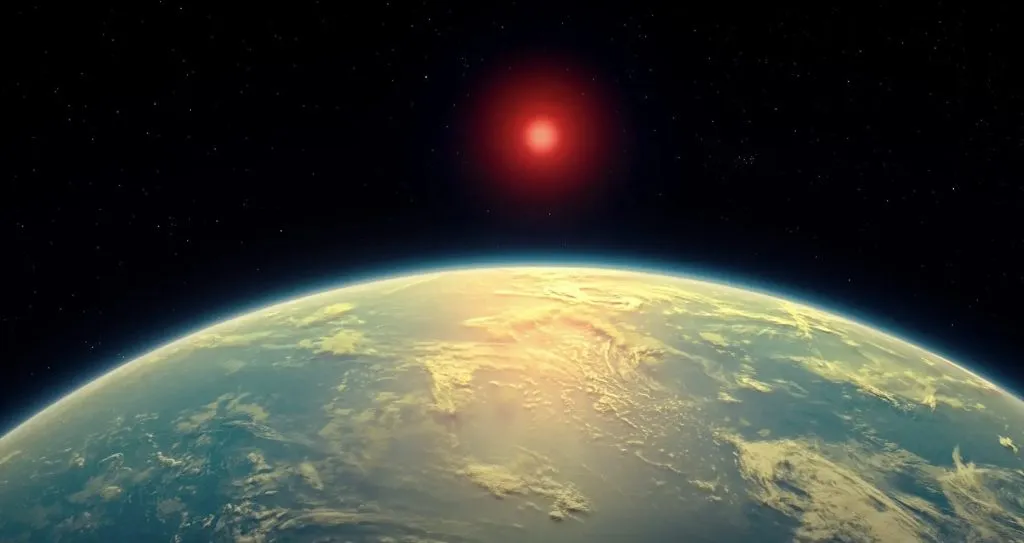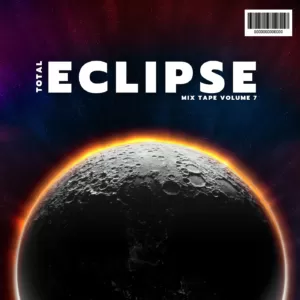Astronomers Detect Strongest Hint of Life Beyond Our Solar System on Exoplanet K2-18b

In a groundbreaking discovery, astronomers have uncovered what may be the most compelling evidence yet of life beyond our solar system. The finding centers on K2-18b, an exoplanet located 124 light-years from Earth, where scientists have detected potential biosignatures—chemical compounds typically produced by living organisms. While the discovery stops short of confirming extraterrestrial life, the presence of these molecules, particularly dimethyl sulfide (DMS), has sparked excitement and cautious optimism in the scientific community. The data, gathered primarily by the James Webb Space Telescope (JWST), marks a significant step in the search for life elsewhere in the universe.
A Distant World with Intriguing Characteristics
K2-18b is a sub-Neptune exoplanet, roughly 2.6 times the size of Earth, orbiting a cool red dwarf star in the constellation Leo. Discovered in 2015 by NASA’s Kepler Space Telescope, it resides in the star’s habitable zone, the region where conditions might allow liquid water to exist—a key ingredient for life as we know it. Unlike rocky planets like Earth, K2-18b is believed to be a gas-rich world with a thick hydrogen-dominated atmosphere, potentially harboring a global ocean beneath its gaseous envelope. These characteristics make it an intriguing candidate for studying habitability on planets unlike our own.
In 2019, early observations from the Hubble Space Telescope revealed water vapor in K2-18b’s atmosphere, fueling speculation about its potential to host life. However, it was the JWST’s advanced spectroscopic capabilities that provided the latest breakthrough. By analyzing starlight filtered through the planet’s atmosphere as it transited its host star, astronomers identified the presence of methane, carbon dioxide, and, most notably, DMS—compounds that could hint at biological activity.
The Significance of Dimethyl Sulfide
Dimethyl sulfide is a molecule of particular interest because, on Earth, it is primarily produced by living organisms, such as marine phytoplankton and algae. These microorganisms release DMS as a byproduct of their metabolic processes, and its presence in Earth’s atmosphere is considered a biosignature. Finding DMS on K2-18b is tantalizing because no known non-biological process on a planet like this is likely to produce it in significant quantities, according to current models.
However, the detection is not definitive. The JWST data suggests DMS with a confidence level that, while promising, requires further validation. Non-biological processes, such as volcanic activity or complex chemical reactions in the planet’s atmosphere, could theoretically mimic the signal. Additionally, K2-18b’s environment—high-pressure, hydrogen-rich, and potentially lacking a solid surface—differs drastically from Earth’s, raising questions about whether life as we understand it could thrive there.
A Cautious Step Forward
The research team, led by astronomers from institutions including the University of Cambridge and NASA, emphasizes that the findings are preliminary. “This is the strongest indication we’ve seen of a potential biosignature on an exoplanet, but it’s not a confirmation of life,” said one of the lead researchers in a recent statement. The team is advocating for additional observations with JWST to refine the data and rule out alternative explanations. These follow-up studies will focus on confirming the DMS signal and searching for other biosignatures, such as nitrous oxide or additional organic molecules.
The discovery has reignited debates about what constitutes a biosignature and how to interpret them in alien environments. Planets like K2-18b challenge Earth-centric assumptions about habitability, prompting scientists to broaden their models of where and how life might arise. For instance, could microbial life exist in a global ocean beneath a thick gaseous atmosphere? Or could entirely different forms of chemistry produce life unlike anything we’ve encountered?
Broader Implications for Exoplanet Research
The K2-18b findings underscore the transformative role of JWST in exoplanet science. Launched in 2021, the telescope’s unprecedented sensitivity allows it to probe the atmospheres of distant worlds in exquisite detail, opening new frontiers in the search for life. K2-18b is one of many exoplanets targeted for atmospheric studies, and its results will inform future observations of other promising candidates, such as those in the TRAPPIST-1 system.
Beyond the scientific community, the discovery has captured public imagination, raising questions about humanity’s place in the cosmos. If confirmed, the presence of life on K2-18b would be a historic milestone, suggesting that life may be more common in the universe than previously thought. Even if the DMS signal proves to be non-biological, the study of K2-18b will deepen our understanding of the diverse worlds that populate our galaxy.
What’s Next?
Astronomers are now prioritizing additional JWST observations of K2-18b, which could take months or years to complete due to the telescope’s busy schedule and the need for precise data. These observations will aim to strengthen the DMS detection and search for complementary signs of life, such as seasonal variations in atmospheric chemistry or other biologically linked molecules.
In parallel, researchers are refining theoretical models to better understand K2-18b’s environment. Simulations of its atmosphere and potential ocean are helping scientists predict what kinds of life, if any, could survive under such conditions. These models will also guide the interpretation of future data, ensuring that any claims about life are grounded in rigorous evidence.
A Moment of Wonder and Skepticism
The detection of potential biosignatures on K2-18b is a moment of both wonder and restraint in the search for extraterrestrial life. It reminds us of the complexity of this quest and the need for patience in unraveling the mysteries of distant worlds. While the possibility of marine algae or similar organisms thriving 124 light-years away is thrilling, scientists remain cautious, aware that extraordinary claims require extraordinary evidence.
For now, K2-18b stands as a beacon of possibility—a distant world that may hold clues to one of humanity’s greatest questions: Are we alone? As we await further data, the universe continues to tease us with its secrets, inviting us to explore, question, and dream.
Note: This article is based on the provided information and reflects the state of knowledge as of April 16, 2025. Further developments may provide additional clarity on K2-18b’s potential biosignatures.







